CARING WITH FAMILY
|
| The level of affection a breed tends to show towards family members and familiar faces can vary. Certain breeds may reserve their warmth exclusively for their owners, whereas others are generous with their affections treating all acquaintances as if they were their closest companions. |
LOVE WITH CHILDREN
Unwise
Good With Children
|
| The degree to which a dog breed is equipped to handle the antics of children coupled with its affinity for family life, varies extensively. It is imperative, however to monitor interactions between dogs and children of all ages, especially those not accustomed to canine companionship. |
BEHAVIOR WITH DOGS
Unwise
Good With Other Dogs
|
| The natural propensity for friendliness towards fellow canines differs among breeds. While all dogs require careful supervision during meetings and introductions with other dogs, some are inherently more disposed to amicable interactions, whether it be in the home environment or out in communal settings. |
SHEDDING LEVELS & MANAGEMENT
No Shedding
Hair Everywhere
|
| The quantity of fur a dog breed sheds can be considerable. High-shedding breeds will demand more regular grooming, heighten the risk of allergies for some individuals and necessitate a steadier commitment to household cleaning and the use of lint rollers. |
COAT GROOMING STANDARDS
|
| The grooming demands of a breed encompassing bathing, brushing and trimming can differ markedly. When evaluating the level of grooming a breed needs reflect on the amount of time, patience and financial resources you have for ongoing coat care. Keep in mind that nail clipping is a standard necessity for all dog breeds. |
DROOLING INTENSITY
Less Likely to Drool
Always Have a Towel
|
| When considering a new dog factor in how much a breed is likely to drool particularly if you are someone with a zeal for a clean and orderly environment, those breeds that can leave your arms soppy or your garments damp may not be your ideal match. |
COAT STYLES GUIDE |
| Corded, Curly |
| COAT SPECTRUM |
| Medium |
FRIENDLINESS
Reserved
Everyone Is My Best Friend
|
| Different dog breeds have distinct reactions to strangers ,some are consistently reserved or careful, while others seem to seize every chance to make a new human friend no matter where they are |
LIVELINESS
Only When You Want To Play
Non-Stop
|
| The fervor for play that a breed exhibits often extends beyond the puppy phase. Certain breeds retain a youthful zest for games like tug-of-war or fetch throughout their adult life, while others prefer lounging on the sofa alongside you for the majority of their days. |
VIGILANCE INTENSITY
What's Mine Is Yours
Vigilant
|
| A breed's adaptability to change is an important trait to consider. While some dogs seamlessly adjust to shifts in living environments, noise levels, weather conditions and routines, others might struggle with these day-to-day fluctuations. |
ADAPTATION CAPACITY
Lives For Routine
Highly Adaptable
|
| The ease of training varies significantly across breeds, some are eager learners, keen on mastering new skills to please their owners, while others lean toward independence following their whims rather than commands. |
OBEDIENCE LEVEL
Self-Willed
Eager to Please
|
| The ease of training varies significantly across breeds, some are eager learners, keen on mastering new skills to please their owners, while others lean toward independence following their whims rather than commands. |
STAMINA LEVEL
|
| The exercise and mental engagement requirements of dog breeds can be markedly different. High-energy breeds thrive on constant activity and are at their best when they have ample opportunities to run, jump and play. They typically need vigorous and regular exercise, paired with engaging tasks to keep them mentally sharp. On the other hand, low-energy breeds are more content with a sedate lifestyle often preferring to lounge and nap over strenuous physical activity. These dogs usually require less exercise and can be a good match for those looking for a more relaxed companion. It's important to match a dog's energy levels to your lifestyle to ensure a harmonious living situation. |
VOCALIZATION
|
| Medium |
LEARNING CURIOSITY LEVEL
Happy to Lounge
Needs a Job or Activity
|
| The necessity for mental engagement to ensure a breed's well-being and happiness varies. Dogs bred for specific roles often thrive on tasks demanding cognitive skills, such as problem-solving and concentration. If they aren't provided with suitable mental stimulation, they may take the initiative to start their own kind of mischief-making activities, which are often less than agreeable to their owners. |
| COLORS |
|
Description
|
Registration Code
|
|
Black
|
007
|
|
Black & White
|
019
|
|
Brown
|
061
|
|
Brown & White
|
063
|
|
White w/Black Nose
|
508
|
|
White w/Brown Nose
|
509
|
|
Beige w/Black Nose
|
510
|
|
Beige w/Brown Nose
|
511
|
|
Beige & White w/Black Nose
|
512
|
|
Beige & White w/Brown Nose
|
513
|
|
White & Black
|
202
|
|
White & Brown
|
204
|
|
White & Beige w/Black Nose
|
514
|
|
White & Beige w/Brown Nose
|
515
|
|
| PATTERNS |
|
Description
|
Registration Code
|
|
Tan Points
|
029
|
|






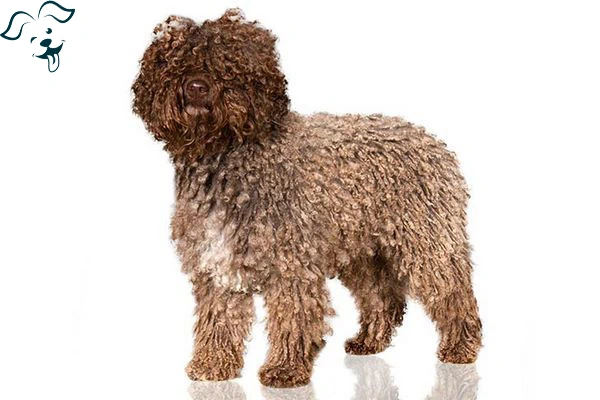
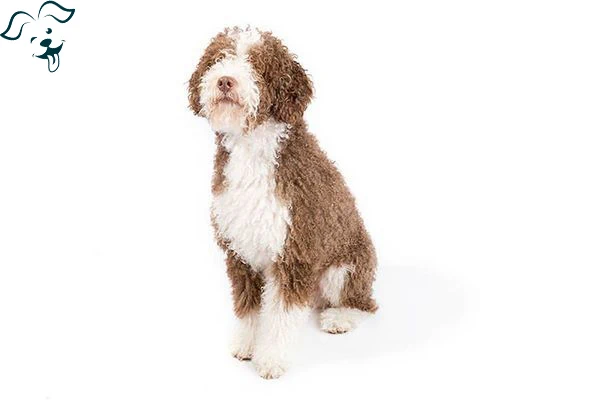

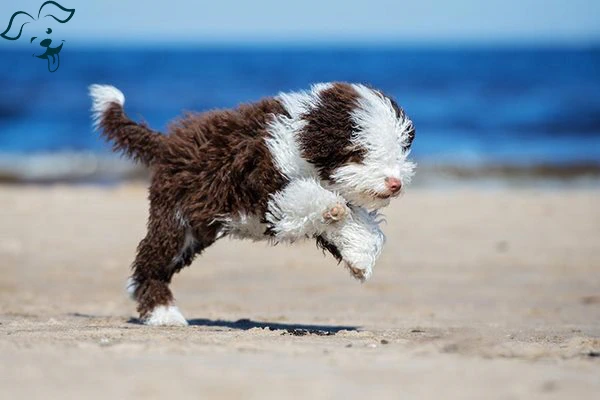
















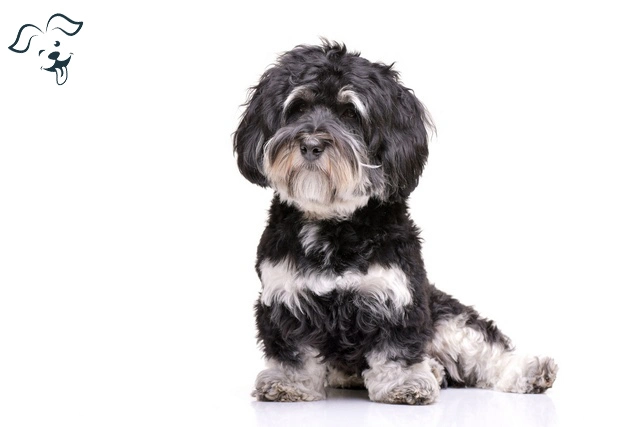
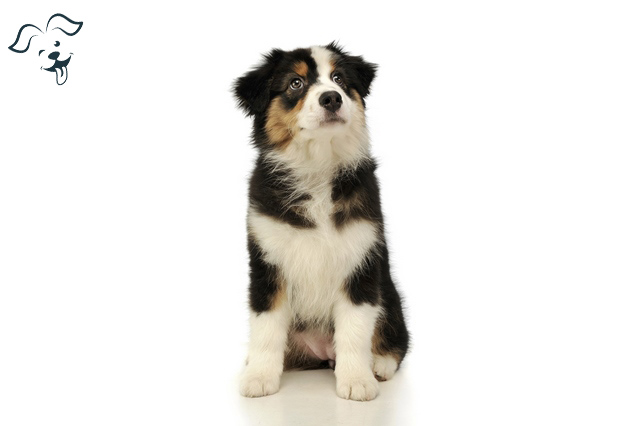
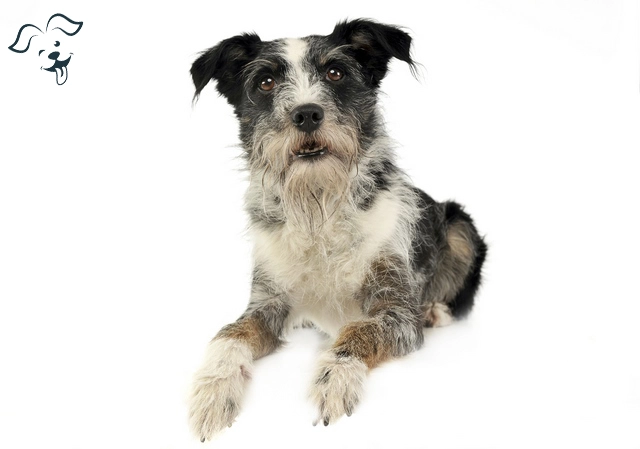
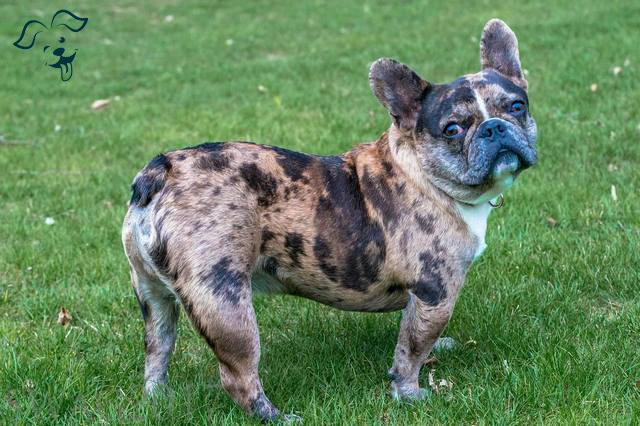
FRIENDLINESS
LIVELINESS
VIGILANCE INTENSITY
ADAPTATION CAPACITY